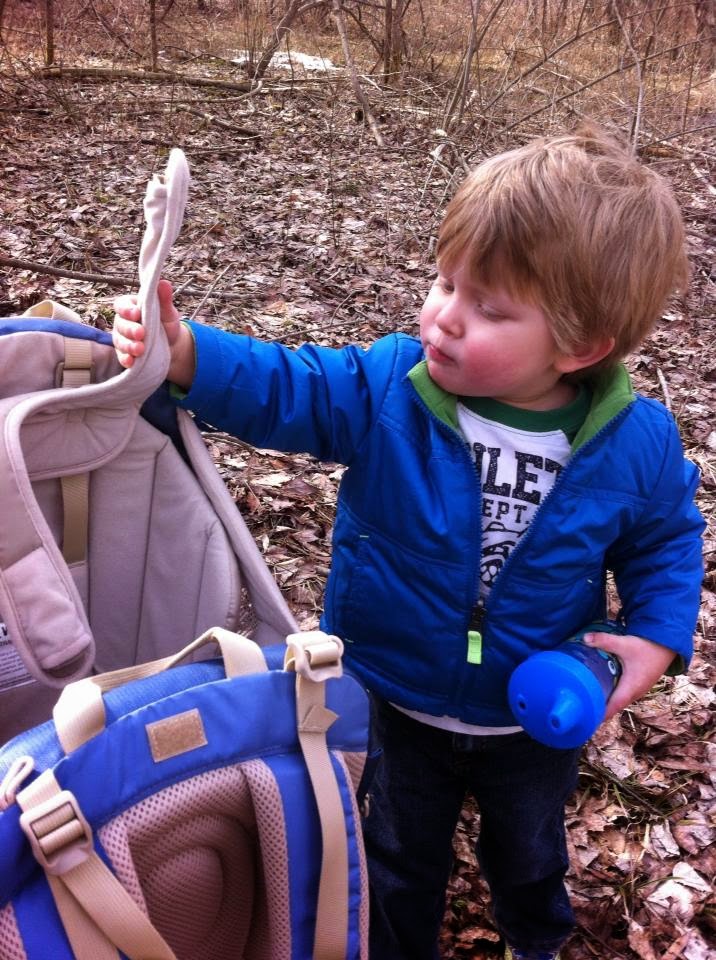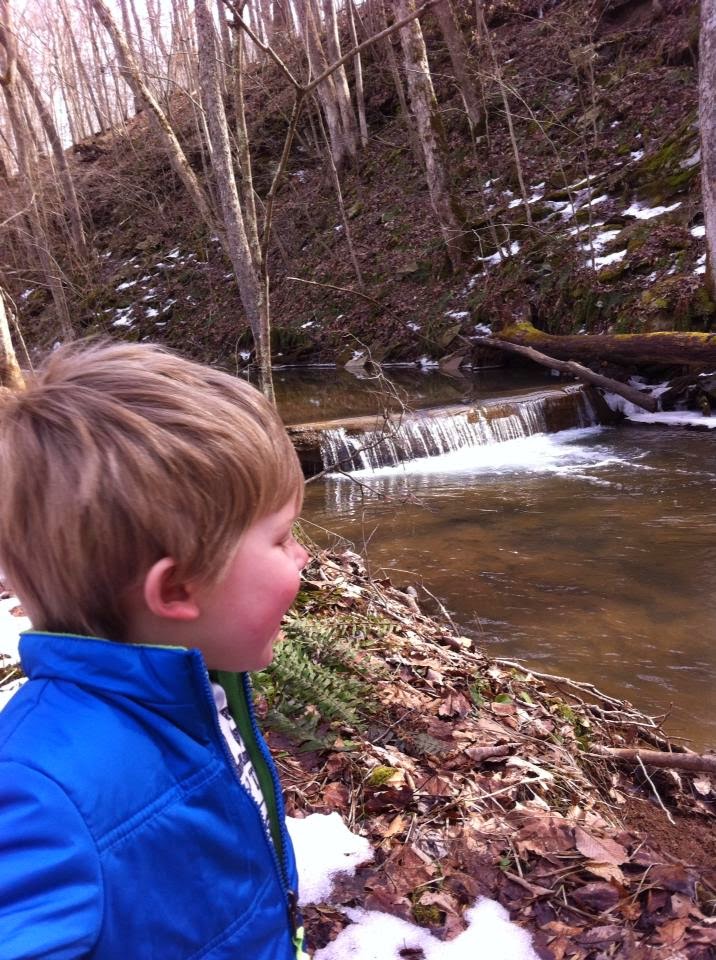When it come to taking outdoor photos, people tend to fall into two categories. At one end of the spectrum are the amateur hobbyist and professional photographers. They use words like aperture, white balance, ISO, shutter speed and F-Stop. They use tri-pods, wear vests, have large full-frame cameras and they take stunning photographs, causing the rest of us no small amount of photo-envy. On the other end are the rest of us. We typically have a medium to high end point-and-click camera or a low to mid range DSLR (the one you can change lenses on). Because the terminology of photography can be intimidating, some folks shy away from using anything but the 'Automatic Mode' on their cameras. One easy way to upgrade the quality of your outdoor photography, without learning what ISO, F-Stop and Aperture really mean, is to learn, in layman's terms, when to use the other modes built into your camera. Here are five modes and when and how to use them.
Portrait Mode - The key to understanding portrait mode is to think about what is in focus and what is not. When photographing a person your photo will be more dramatic if the person is in focus and the background is slightly out of focus. This naturally draws your eyes to the subject of the photograph and eliminates distractions in the photo by keeping the background out of focus. Note that this works best if you have one subject. For a group of people, be careful the range of focus does not put some of the people in the photo out of focus. If in doubt, take a few photos in portrait and a few in auto mode.
 Macro Mode - This is excellent for taking photos very close up. As you might have guessed from the icon, flowers are a good example of this. Where portrait mode narrows your range of focus slightly, making your background go out of focus, macro mode narrows the range of focus even smaller, so much so that you need to be careful what is in and out of focus or it can produce unwanted results. You can also play around with this mode for taking close-in shots of peoples faces. Playing with what is in and out of focus in your photos is an easy way to create photos that stand out from the everyday snap shots produced by automatic mode.
Macro Mode - This is excellent for taking photos very close up. As you might have guessed from the icon, flowers are a good example of this. Where portrait mode narrows your range of focus slightly, making your background go out of focus, macro mode narrows the range of focus even smaller, so much so that you need to be careful what is in and out of focus or it can produce unwanted results. You can also play around with this mode for taking close-in shots of peoples faces. Playing with what is in and out of focus in your photos is an easy way to create photos that stand out from the everyday snap shots produced by automatic mode.Landscape Mode - Where both portrait and macro mode seek to narrow your range of focus, landscape mode does the opposite. When you are photographing a landscape you typically want as much of the photo to be in focus as possible. You'll hear this referred to by photographers as depth-of-field. The larger the depth of field, the more of your photograph will be in focus.
Sports Mode - While portrait, macro and landscape mode are primarily concerned with what is in and out of focus, sports mode is concerned with stopping action. It does this by speeding up the shutter speed of your camera. The faster your shutter opens and closes, the better it can capture and stop motion with out blur.
Night Mode - Sports mode speeds up the shutter speed to stop motion. Night mode is not concerned with stopping motion, it's concerned with letting in enough light to produce good photographs in the dark. This is one of my personal favorites and the only mode I use a tri-pod for. If you understand that a fast shutter speed stops motion, you'll understand that a slow shutter speed is very susceptible to any kind of motion, which will show up as a blur in the photo. If you are using night mode, either use a tri-pod or rest your camera and body against something solid to prevent as much motion as possible. The photo below was taken with a point and click Nikon off the rail of a cruise ship in harbor at St. Thomas.
Have any photography tips you'd like to share, or questions you'd like to ask? If so, tell us in the comments below. We'd love to hear from you.
















